The adventure of a lifetime
Thru-Hiking
Thru-hiking the A.T. is the adventure of a lifetime. But trekking the 2,190+ miles of the A.T. is no easy feat — make sure you’re prepared!
What to Expect
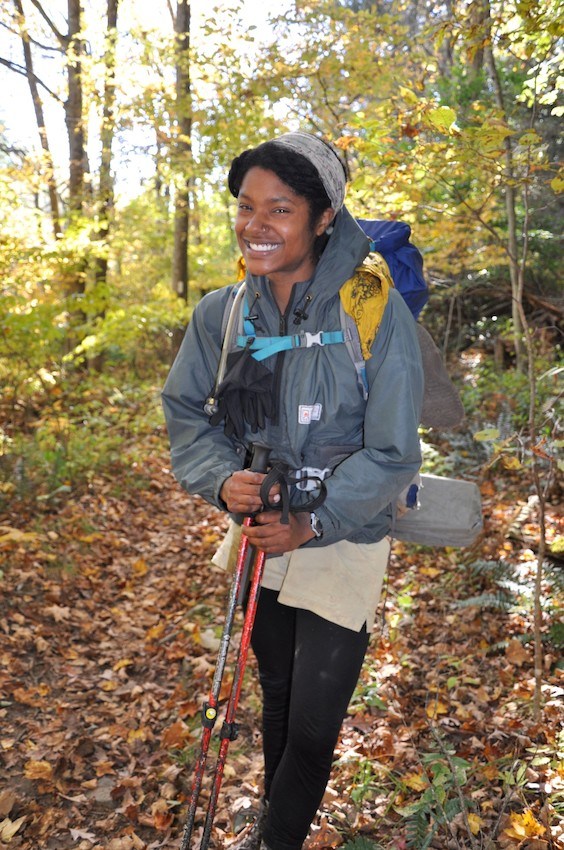 Completing the entire 2,190+ miles of the Appalachian Trail (A.T.) in one trip is a mammoth undertaking. Each year, thousands of hikers attempt a thru-hike; only about one in four makes it all the way.
Completing the entire 2,190+ miles of the Appalachian Trail (A.T.) in one trip is a mammoth undertaking. Each year, thousands of hikers attempt a thru-hike; only about one in four makes it all the way.
- A typical thru-hiker takes 5 to 7 months to hike the entire A.T.
- After deciding when and where to begin and then registering your thru-hike, you will need to plan your resupply points and know the camping regulations along the A.T.
- Learn the camping regulations along the A.T. and the ATC’s expectations for hikers who want to be officially recognized as a 2,000-miler.
- In addition to these logistics, physical and mental preparations become important factors in a successful thru-hike. Learn more about all these subjects below.
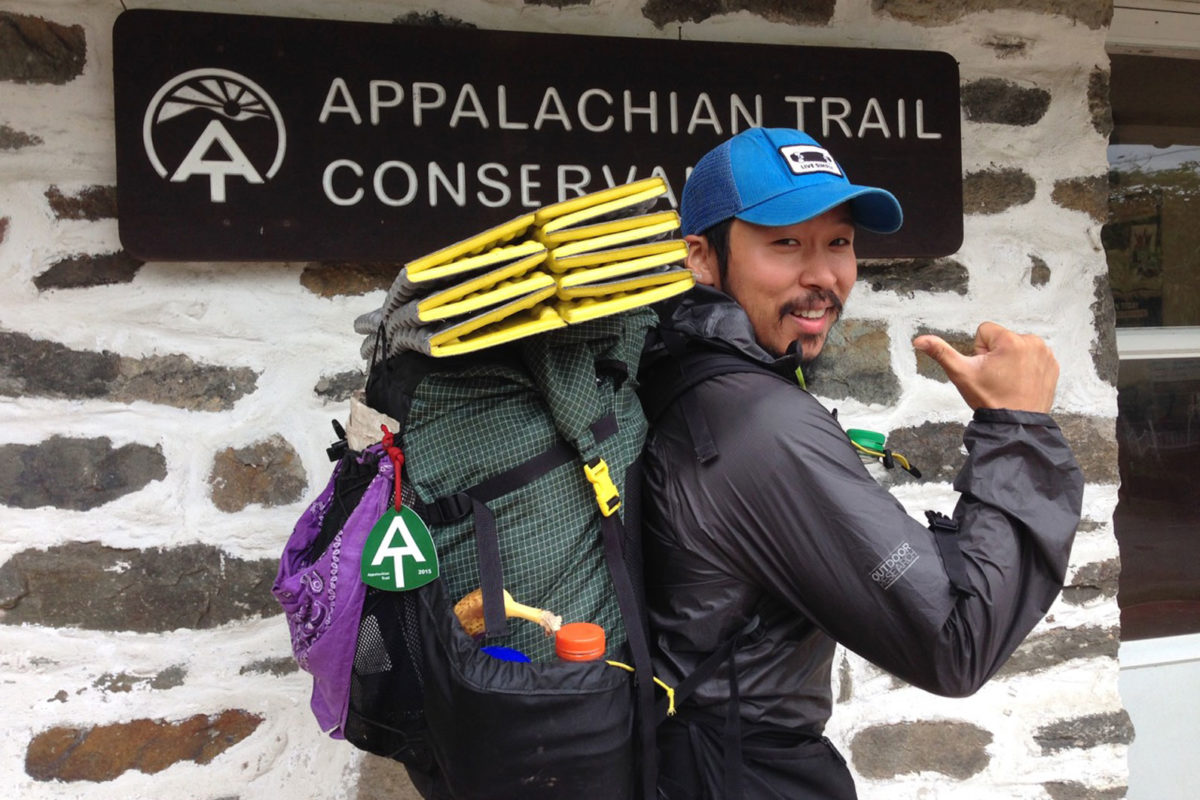
A.T. Hangtags
Hangtags distributed by the Appalachian Trail Conservancy are frequently seen dangling off an aspiring 2,000-miler’s pack, marking their intent to traverse the entire Appalachian Trail.
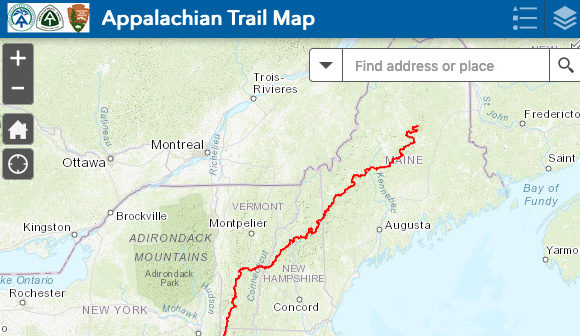
Explore the Trail
Interactive Map
You can explore many locations along the trail including shelters, A.T. Communities, Trail Clubs, and more.
Launch Map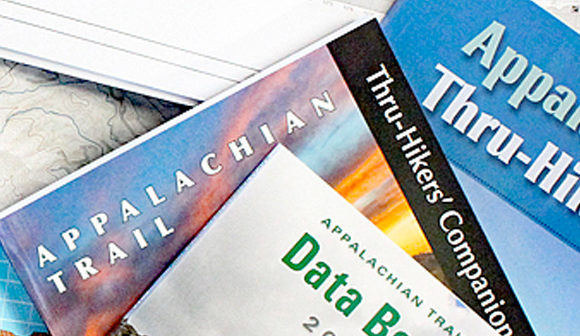
Plan and Prepare
Maps and Guides
Thru-hiking guides and planners, official A.T. maps, and more are available from our partners at Mountaineers Books.
Visit the StoreWhere to Start
Starting in Georgia
Northbound
Starting in Georgia has long been the most popular place to start a thru-hike. But "popular" has led to "crowded" between March 1 and April 15. During this time, the southern end of the A.T. becomes a continuous stream of hikers during the day, with dozens of hikers clustered around campsites at night. The "nobo" hiker typically encounters wintry conditions in March and parts of April and hot, humid conditions in summer. Katahdin provides a dramatic finale; hikers should plan to arrive before October 15.
Create your own thru-hike itinerary
Flip Flop
Increasingly, hikers are choosing to start somewhere in the middle of the Trail. Generally, these itineraries offer a gradual progression from easier to more difficult terrain and more frequent resupplies. You can also avoid crowded conditions on the Trail and sold-out services in trailside villages. A mid-Trail start also enables you to follow more favorable weather conditions and at the same time help conserve the Trail.
Starting in Maine
Southbound
Starting a thru-hike in Maine is by far the most challenging way to tackle the Trail. Katahdin, the Trail's northern terminus, is regarded as the most difficult mountain on the entire A.T. The route through Maine involves extensive climbing and scrambling over steep, rocky, root-covered and muddy terrain. A heavy pack is required due to the distance between resupply points. It’s best undertaken only by experienced and fit hikers.
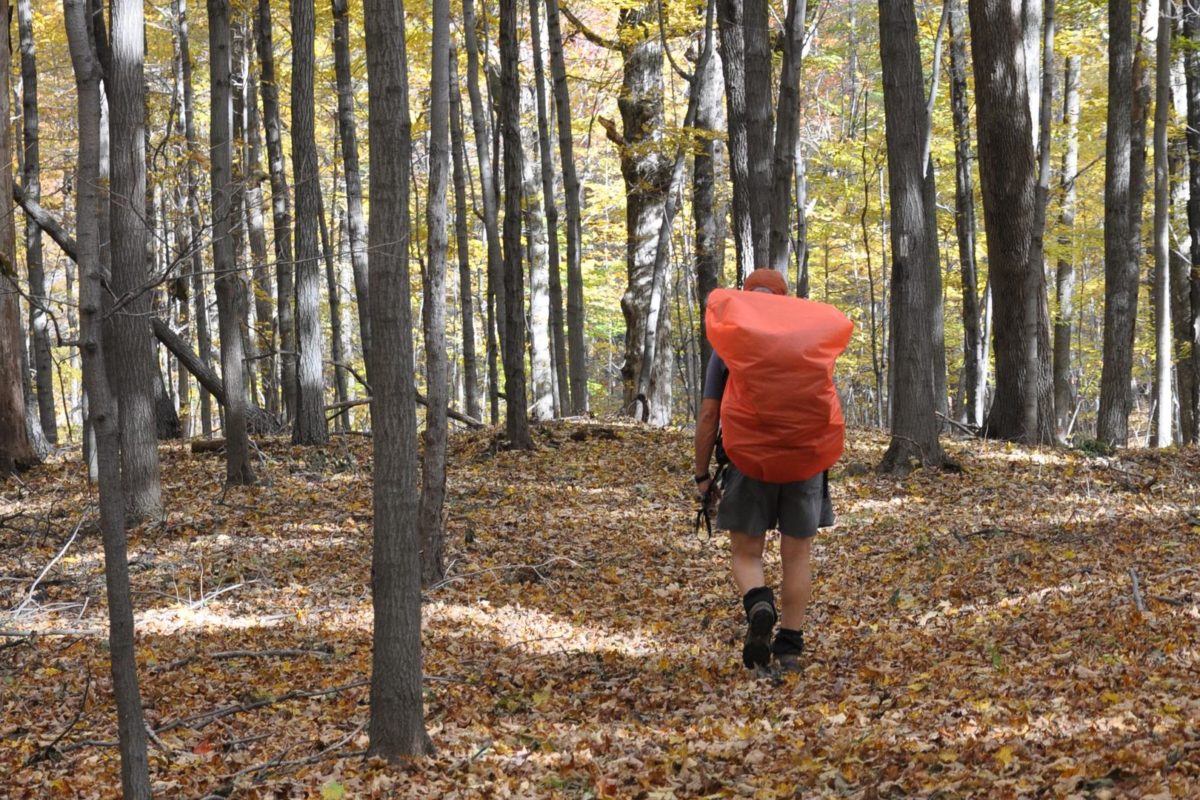
Safety on the A.T.
Learn about the hazards you may face when hiking the Appalachian Trail and how to best prepare for a safe, healthy hike.

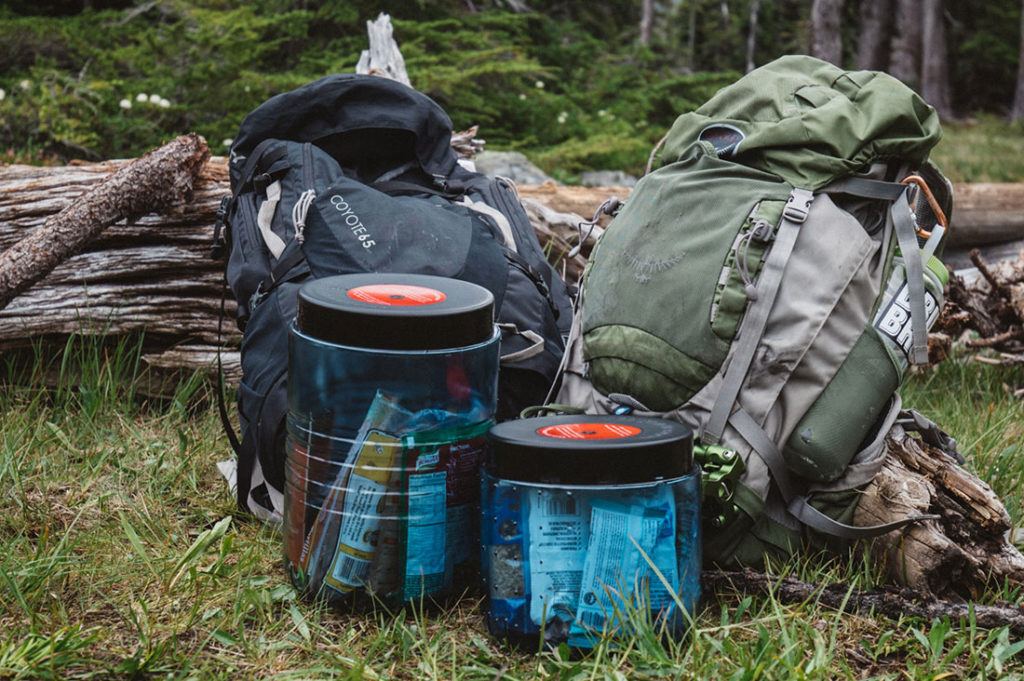
Bear Canister Lending Program
Bear canisters are the food storage method that provides the most flexibility and surety for camping anywhere along the A.T. – no trees required. To try a bear canister and stay safe during your backpacking trip, the Appalachian Trail Conservancy and BearVault have partnered with the Georgia Appalachian Trail Club, Chattahoochee-Oconee National Forest (C-ONF), Amicalola Falls State Park and four North Georgia outfitters to create a free program that makes borrowing a bear canister simple.
Responsible Recreation
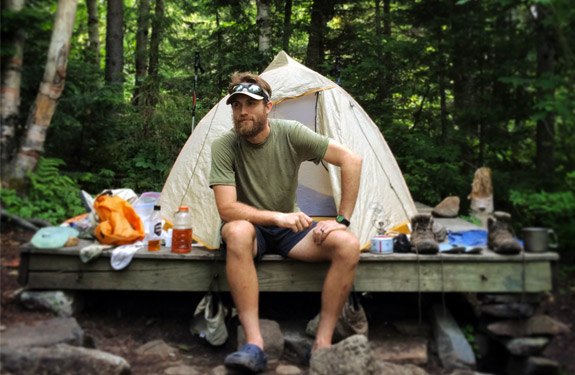
Learn About
Camping
Whether you're pitching a tent in a designated campsite or you're dispersed camping, minimize your impacts and know the camping regulations on the A.T.
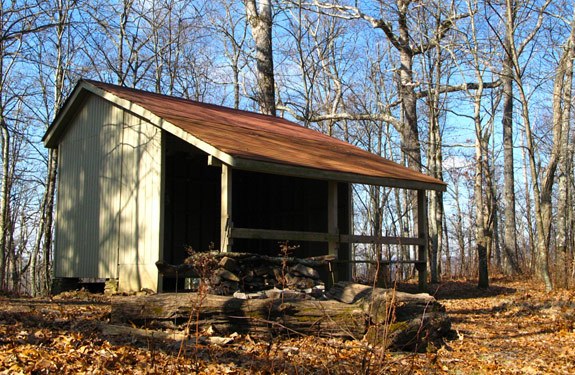
Learn About
Shelters
There are more than 250 backcountry shelters located along the Trail for backpackers on a first-served basis. Not only are they the best places to stay dry, but they reduce hikers’ impact on the Trail environment.
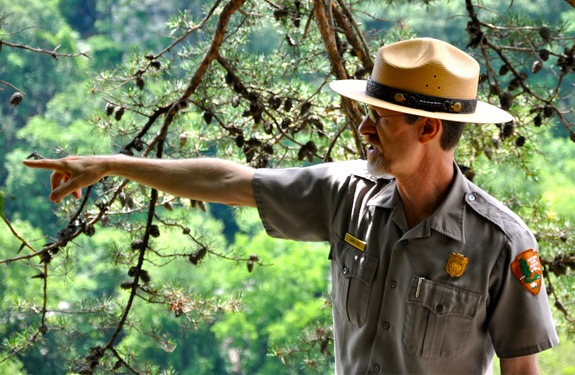
Learn About
Permits & Regulations
No fees or permits are required for day-hiking the A.T., but fees may be required to enter parks through which the A.T. passes and fees may be required for camping permits and at some overnight sites.
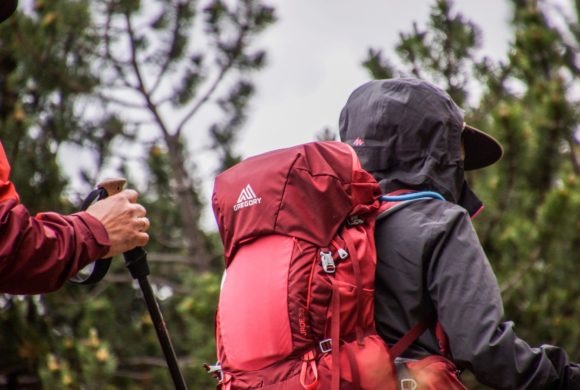
Learn About
Equipment
The most predictable mistake thru-hikers make when they start is carrying too much stuff. Put as much effort into determining what you don't need as what you do.
Read More
Learn About
Food & Resupply
There's no need to carry more than 3 to 6 days of food on most parts of the A.T. Thru-hikers have techniques for resupplying in towns along the way.
Read MoreThe A.T. Ethic: Hiking Sustainably

Learn More
Leave No Trace
Please do your part by learning these practices and encourage others to learn about and adopt these techniques which “Leave No Trace” on the Appalachian Trail.
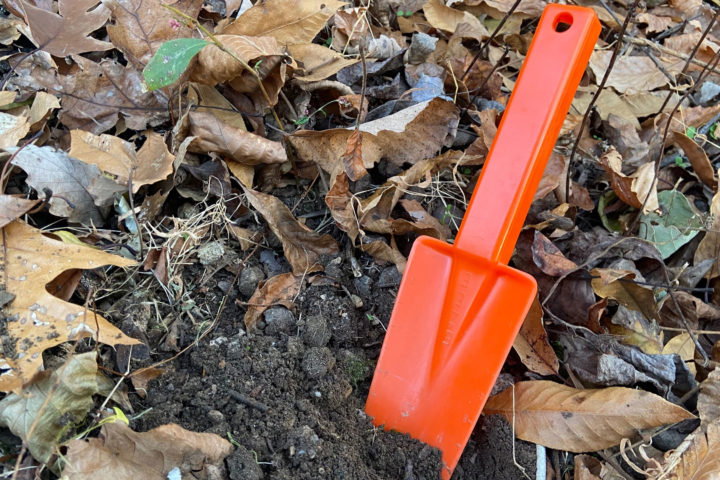
Plan and Prepare
Pooping in the Woods
Learn more about properly disposing of human waste on the A.T., which will help protect the Trail, volunteers, other hikers, and wildlife.
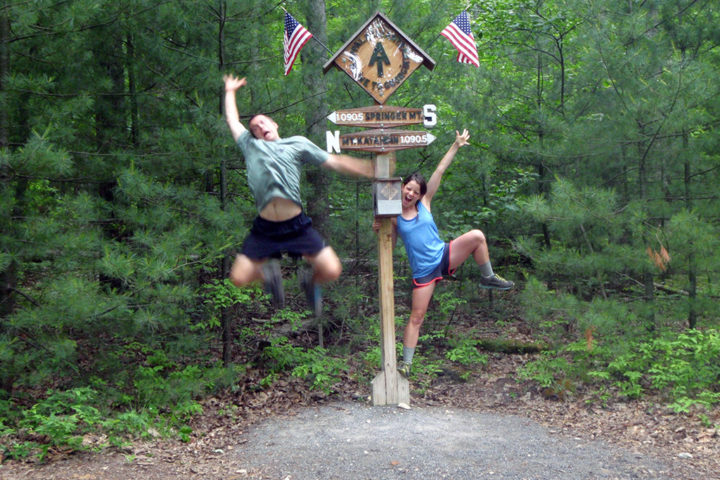
Learn More
Trail Magic
Trail magic has charmed A.T. long-distance hikers for decades, surfacing as serendipitous experiences. Trail magic just happens!
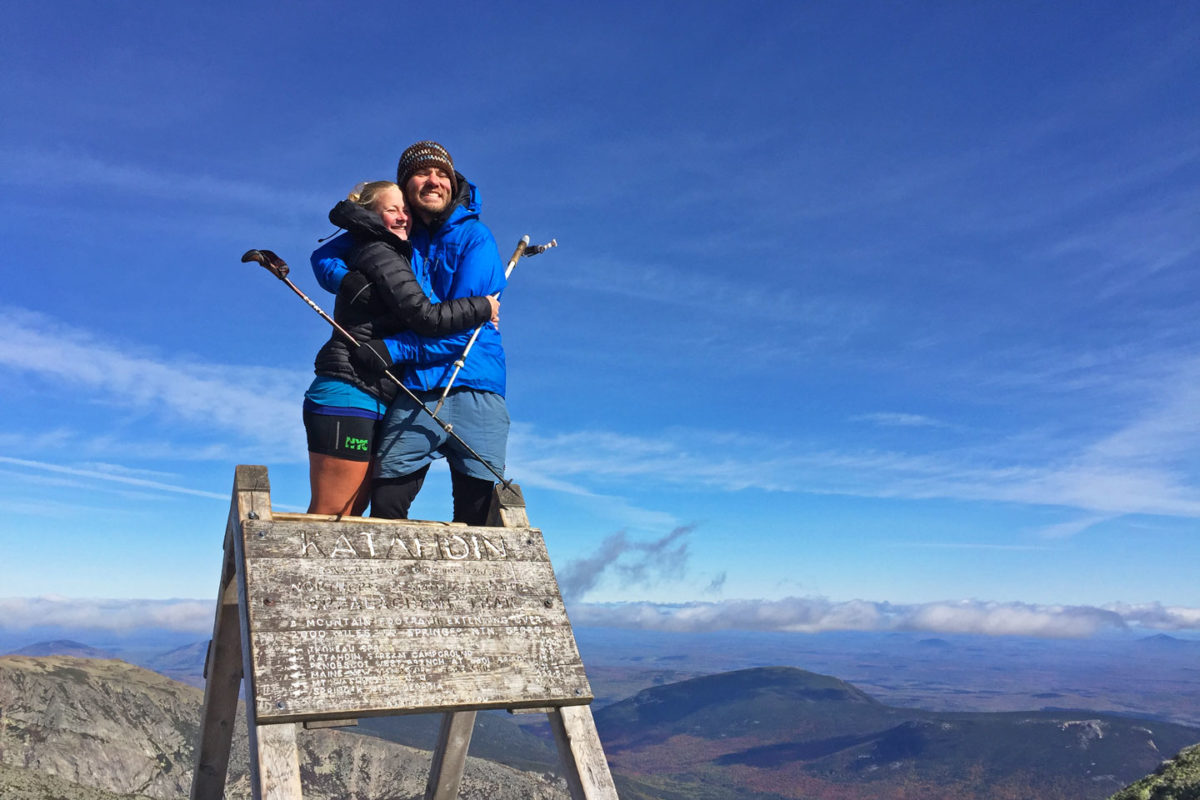
Finish Well at Baxter State Park
Celebrate the history and significance of Katahdin and your thru-hike by following these guidelines while hiking to the northern terminus of the Appalachian Trail.


Report a Successful Hike of the Entire Appalachian Trail
Section hikers and thru-hikers who complete the entire A.T. can report their journeys to us by filling out the 2,000-miler application. Those who submit their applications will be added to our roster of 2,000-milers and will receive a certificate of recognition, an A.T. patch, an accompanying 2,000-miler “rocker” patch, and be featured in the Spring issue of A.T. Journeys magazine. Click below to view our 2,000-miler recognition policy and submit your application today.
Report an Incident
While the Appalachian Trail is a relatively safe place to visit, that does not mean that there are not potential dangers while you are hiking or camping. If you see something, say something — this will help us keep the A.T. as safe as possible for our visitors.
Discover More

Plan and Prepare
Hiker Resource Library
A collection of resources for hikers to stay safe, healthy, and responsible on the Appalachian Trail.
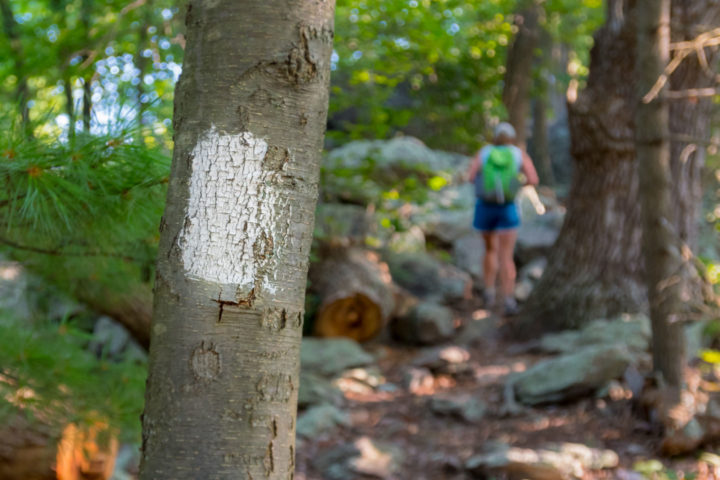
COVID-19 Hiking Tips
Staying Safe on the A.T.
Health and safety guidelines for A.T. hikers during the COVID-19 pandemic.
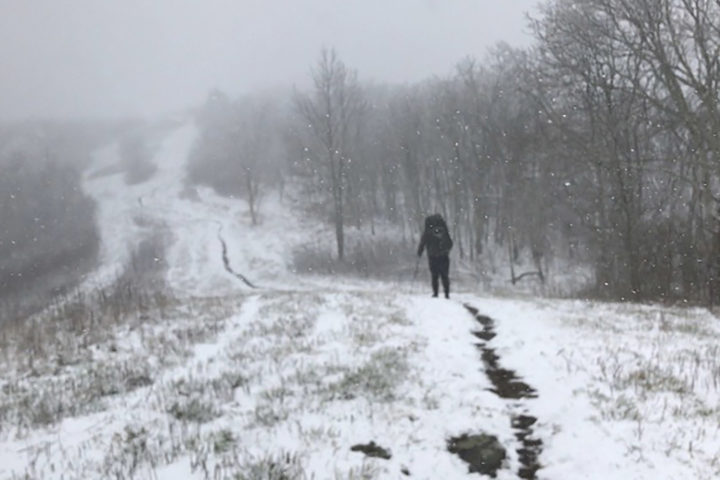
Plan and Prepare
Trail Updates
Know before you go — be aware of the latest Appalachian Trail conditions, weather advisories, and reroutes/closures.

